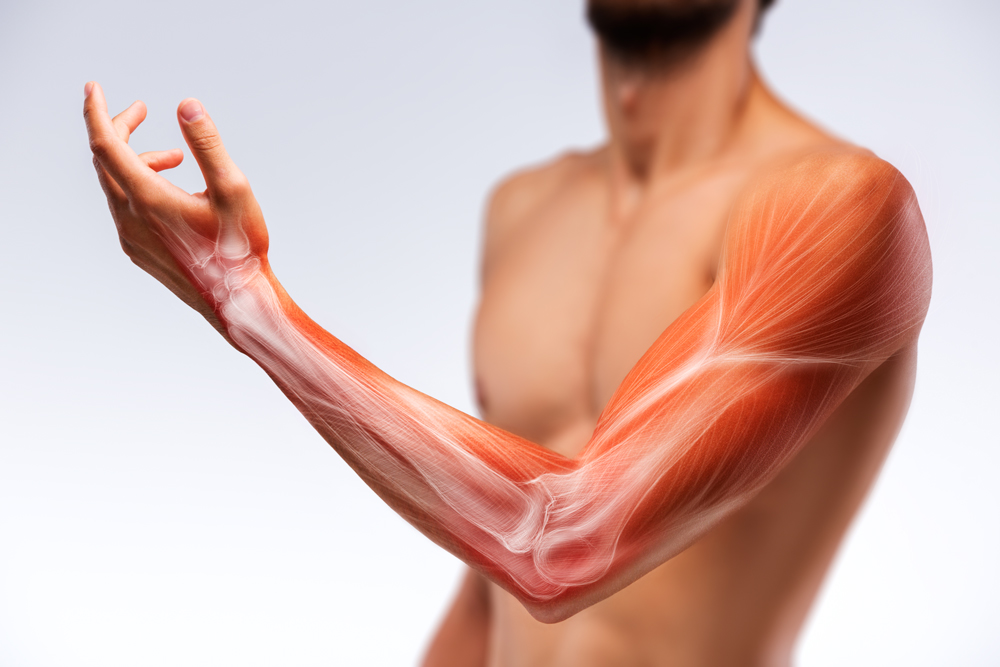-

-
About Us
- Our Vision
-
Personalized Care
Personalized Care Personalized Care Intro
Diagnostic Tests
- Digital X-Ray
- DynaROM
- 3D Body Scanning
- Gastrointentinal Health
- Organic Acids
- Comprehensive Stool Analysis
- Food Sensitivity
- Dietary Antigen Complete
- Endocrinology
- Thyroid Panel
- DUTCH Hormone Test
- Neurotransmitter Profile
- Adrenal Profile
- Nutritional Status
- Vitamin D
- Homocysteine
- Methylmalonic Acid
- Urine Iodine
- Organic Acids
- Copper Zinc Profile
- Essential Fatty Acid Profile
- RBC Metals & Minerals
- Toxic & Essential Elements
- RBC Elements
- Urine Toxic Metals
- Hair Metals & Minerals
- Urine Halides
Treatments
- Avacen Therapy
- Bioidentical Hormone Replacement Therapy (Anti-Aging)
- Chiropractic Care
- Electric Muscle & Nerve Stimulation
- Emsculpt Neo
- Emsella Treatment
- Erchonia Laser (Model EVRL)
- Exosomes
- Hair Restoration
- Headache & Migraine Treatment
- Hyaluronic Acid Injection
- Intersegmental Traction
- IV Nutrient Therapy
- Laser Lipo
- Massage Traction Chair
- PRP Facials
- PRP for Erectile Dysfunction
- PRP for Female Sexual Dysfunction
- PRP for Pain Relief
- PRP for Urinary Incontinence
- Semaglutide
- Shockwave Therapy for Cellulite & Skin Tightening
- Shockwave Therapy for Pain Relief
- Shockwave Therapy for Female Sexual Dysfunction
- Shockwave Therapy for Male Sexual Dysfunction
- Skin Rejuvenation
- Spinal Decompression
- TENS Unit
- Testosterone Replacement Therapy (TRT)
- Therapeutic Ultrasound
- Thyroid Care
- Trigger Point Therapy
- Durable Medical Equipment
- Ankle-foot Orthosis
- Cervical Rehab Coller
- Custom Foot Orthotics
- Lumbosacral Orthosis
- Osteoarthritis Knee Brace
- Wrist Brace
- FAQs
- Testimonials
- Pain Relief
- Weight Loss
-
Sexual Wellness
-
Anti-Aging
-
Resources
- Blog
- Video Library
- Store
-
Health Condition Library
Health Condition Library
- Ankle Osteoarthritis
- Bulging Spinal Disc
- Carpal Tunnel
- Cervical Degenerative Disc Disease
- Cervical Radiculopathy
- Elbow Bursitis
- Erectile Dysfunction
- Fatigue
- Female Hormone Imbalance
- Female Sexual Dysfunction
- Fibromyalgia
- Foot Arthritis
- Frozen Shoulder
- Golfer’s Elbow
- Hand Arthritis
- Headache
- Hip Bursitis
- Hip Osteoarthritis
- Hyperthyroidism
- Hypothyroidism
- Knee Bursitis
- Knee Osteoarthritis
- Low Testosterone
- Lumbar Degenerative Disc Disease
- Migraines
- Musculoskeletal Pain
- Obesity
- Osteoarthritis
- Plantar Fasciitis
- Plantar Fibroma
- Rotator Cuff Injury
- Sciatica Pain
- Shoulder Bursitis
- Shoulder Osteoarthritis
- Tennis Elbow
- Thoracic Degenerative Disc Disease
- Urinary Incontinence
- Weight Gain
- Wrist Arthritis
- Wrist Bursitis
- Contact
Understanding Elbow Bursitis
Alternate Names: Elbow bursitis is commonly referred to as olecranon bursitis due to its location near the olecranon, the bony prominence at the back of the elbow.

Introduction:
Elbow bursitis, also known as olecranon bursitis, is a condition that affects the small fluid-filled sacs called bursae located near the elbow joint. These bursae act as cushions between the bones, tendons, and muscles, reducing friction and allowing smooth movement. When the bursae become inflamed, it leads to elbow bursitis.
Symptoms of Elbow Bursitis:
The most common symptom of elbow bursitis is swelling at the back of the elbow. This swelling may be accompanied by redness, warmth, and tenderness. In some cases, the bursa may become infected, leading to additional symptoms such as fever, increased pain, and pus drainage.
Causes of Elbow Bursitis:
Elbow bursitis can be caused by various factors, including repetitive motions or prolonged pressure on the elbow. Activities such as leaning on the elbow for extended periods, repetitive throwing motions, or direct trauma to the elbow can lead to bursitis. Certain medical conditions, such as rheumatoid arthritis or gout, can also increase the risk of developing elbow bursitis.
Multiple Treatment Options:
- Rehab Therapy: A combination of soft tissue releases, stretching, and exercise therapy can be designed to improve ankle strength, flexibility, and range of motion. Additionally it may be recommended to use assistive devices, such as braces or orthotics, to provide additional support.
- Supplementation: Many natural supplements have been shown to help reduce pain and inflammation associated with bursitis.
- PRP Injections: Platelet-Rich Plasma (PRP) injections offer a promising solution for elbow bursitis. Derived from the patient’s blood, PRP contains growth factors that promote tissue repair and reduce inflammation. Administered directly into the affected area, PRP injections stimulate healing, alleviate pain, and enhance mobility, providing a non-invasive option for ankle discomfort.
- Shockwave therapy: Shockwave therapy for ankle pain involves delivering high-energy acoustic waves to the affected area, stimulating healing and reducing pain. This non-invasive treatment promotes tissue regeneration, increases blood flow, and breaks down scar tissue. It’s a promising option for elbow bursitis, offering relief and improving functionality without surgery.
- Chiropractic Treatment: Chiropractic treatment for elbow bursitis typically involves a multifaceted approach aimed at reducing inflammation, relieving pain, and improving joint function. Chiropractors may employ manual therapies such as soft tissue manipulation, joint mobilization, and therapeutic exercises to alleviate pressure on the affected area and enhance range of motion. They may also recommend lifestyle modifications, ergonomic adjustments, and nutritional counseling to support overall healing and prevent recurrence. Additionally, chiropractors may use modalities like ultrasound or electrical stimulation to target inflammation and promote tissue repair. Treatment plans are often tailored to individual needs, focusing on restoring optimal elbow function and alleviating discomfort.
Conclusion:
Elbow bursitis can cause discomfort and limit the range of motion in the affected elbow. However, with proper diagnosis and treatment, most cases of elbow bursitis can be effectively managed, allowing individuals to regain normal function and resume their daily activities. It is advisable to consult with a healthcare professional for a precise diagnosis and personalized treatment plan.








